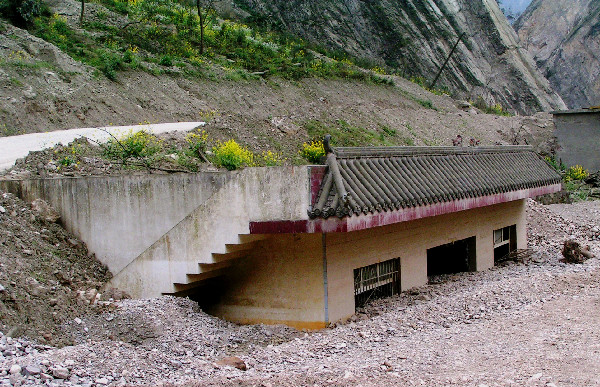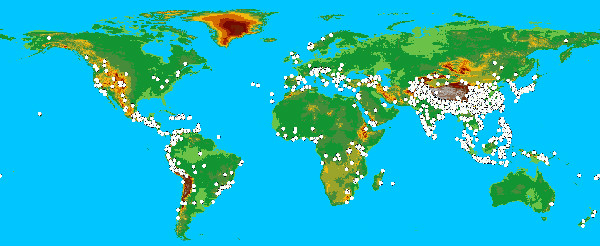Landslide Deaths Up to 10 Times Higher than Thought, Study Suggests

In the realm of deadly natural disasters, the landslide has been underappreciated, indicates a newly assembled database of landslide fatalities.
The database, called Durham Fatal Landslide Database, puts the death toll across the globe as much as 10 times higher than previously estimated.
The researchers, in their analysis, found that 32,300 people died in 2,620 landslides between 2004 and 2010. Previous estimates ranged from 3,000 to 7,000 fatalities.
"We need to recognize the extent of the problem and take steps to manage what is a major environmental risk to people across the world," said researcher David Petley of Durham University in England in a statement. [Can You Outrun a Natural Disaster?]
The database is intended to help identify areas most at risk for landslides, potentially saving thousands of lives, Petley said.

The database contains only fatal landslides, and does not include deaths in landslides that were caused by earthquakes. Those deaths are attributed to earthquakes. (Landslides are also triggered by intense rainfall, volcanic activity, changes in groundwater, and changes in the slope of an area, according to the U.S. Geological Survey.)
The majority of deaths occur in Asia, especially along the Himalayan Arc and in China, the analysis found.
Sign up for the Live Science daily newsletter now
Get the world’s most fascinating discoveries delivered straight to your inbox.
Areas with a combination of large changes in vertical elevation, intense rainfall and a high population density are most likely to have high numbers of fatal landslides, Petley said.
"There are things that we can do to manage and mitigate landslide risks such as controlling land use, proactive forest management, and guiding development away from vulnerable areas," he said.
The results were published online in the journal Geology on Aug. 1.
Follow LiveScienceon Twitter @livescience. We're also on Facebook & Google+.










